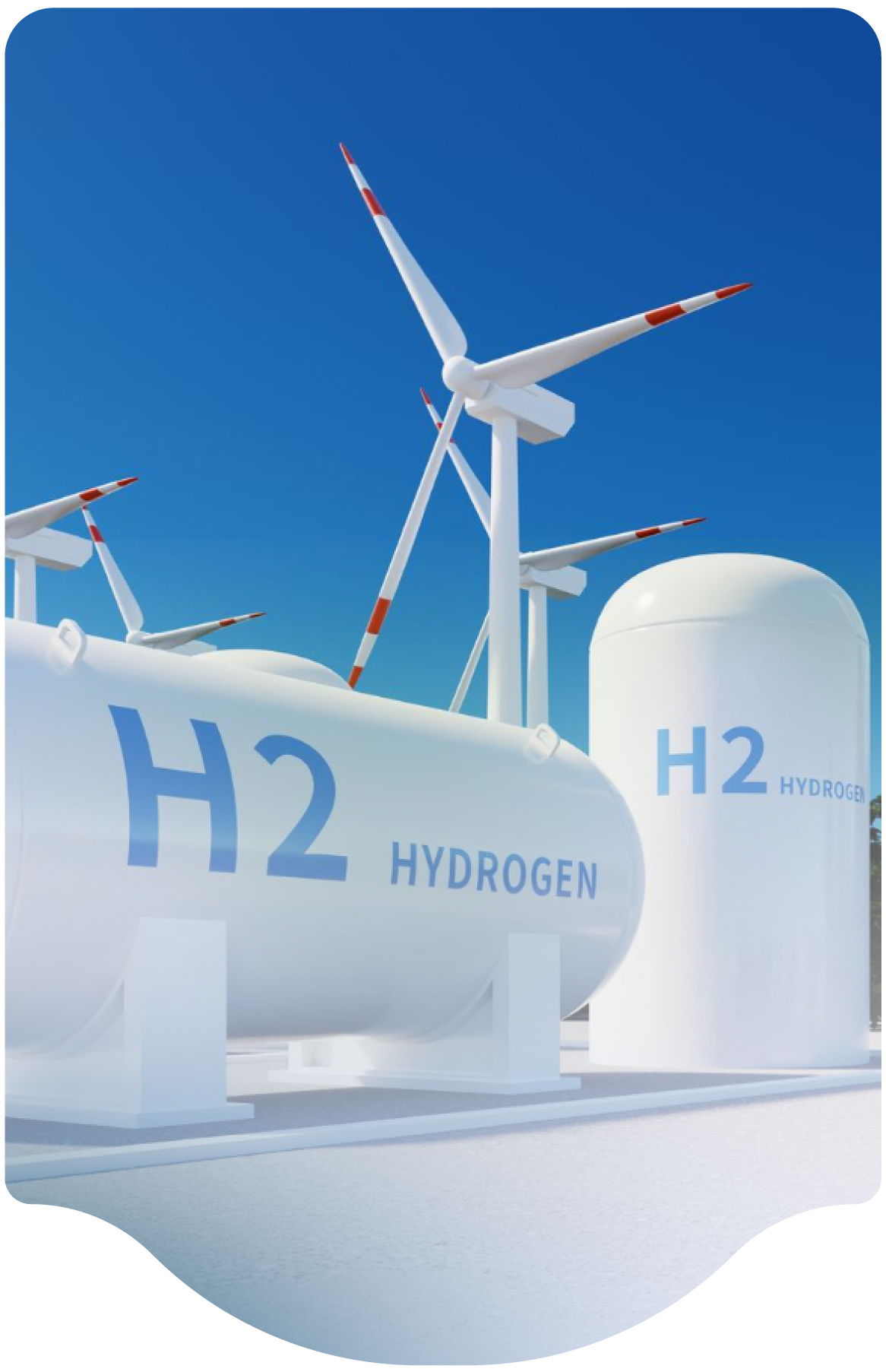What are your insights on the application of systems which would “snuff” hydrogen fires in vent systems? Are there specific scenarios or considerations where their use is particularly beneficial?
There are several concerns with “snuffing” a hydrogen fire from a vent stack. Most importantly, snuffing a hydrogen fire before the hydrogen is isolated can lead to the buildup of a hydrogen vapor cloud, which may then re-ignite, especially with hot surfaces available from the previous fire. The largest hazard is an explosion of the vapor cloud caused by delayed ignition. It’s always better to isolate the hydrogen at its source to extinguish the fire as fuel runs out.
Snuffing systems have been used in the past for vent system outlets mainly due to the negative perception of a visible hydrogen flame at the top of the vent stack, particularly at night. The success of these systems was marginal since high and sustained rates of inert gas were required to snuff the flame and sufficiently cool the piping outlet to prevent the venting flow from reigniting. Generally, it’s preferred to design the vent system such that it can withstand a worst-case continuous fire on the outlet without affecting its integrity or surrounding exposures. If those criteria are met, then it’s inherently safer to allow the vent to burn than to try to snuff it.

